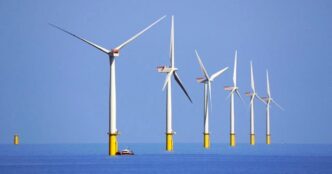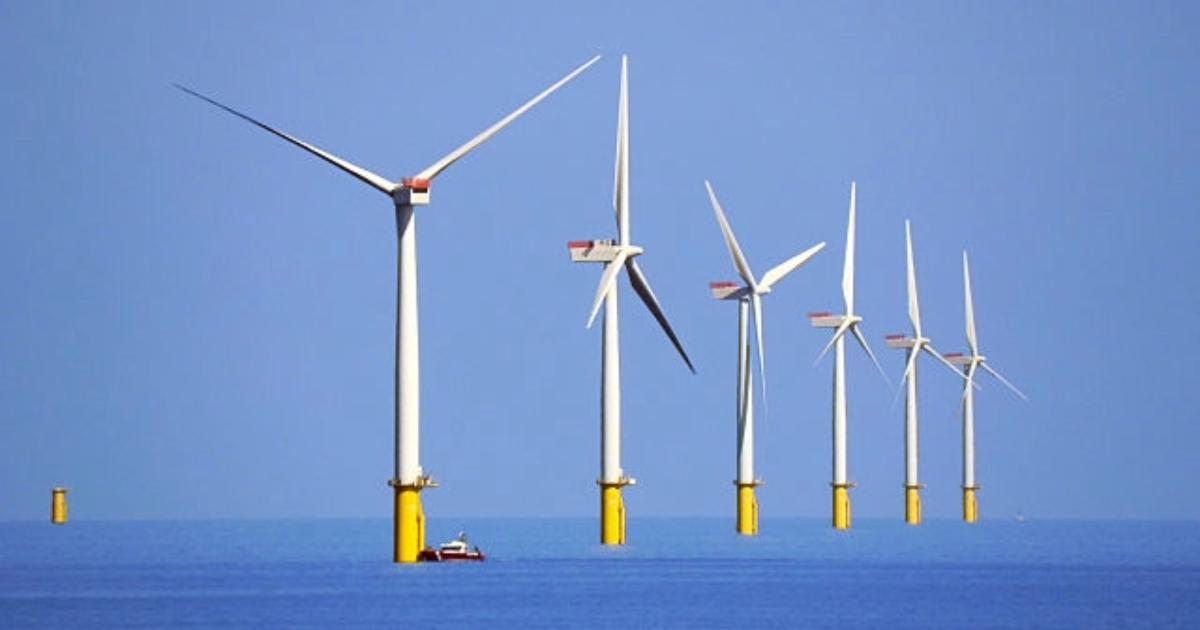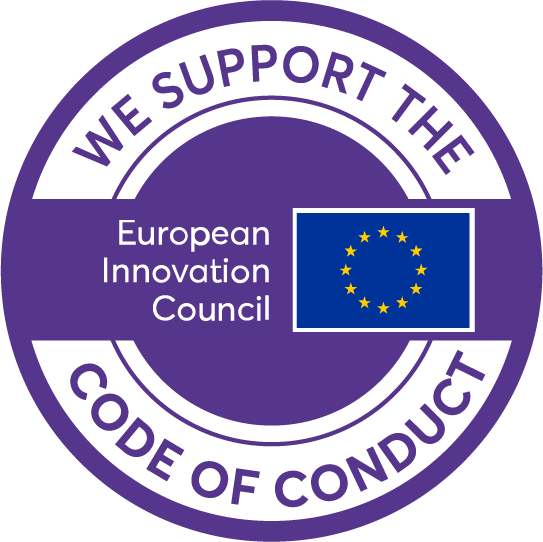#Offshore winds farms are an important component of European renewable energy infrastructure and development. In 2023, offshore wind farms in the EU had a total capacity of over 30 gigawatts (GW), and the EU Strategy on Offshore Renewable Energy has set targets to increase this to 60 GW by 2030 and 300 GW by 2050. The earliest installed wind farms, however, are already coming to the end of their planned 20- to 30-year lifespans.
Current guidance, such as Article 60(3) of the United Nations Convention on the Law of the Sea[1] and the OSPAR Commission’s Decision 98/3[2], indicates that decommissioning should involve the complete removal of all seabed installations. This is also specified in national law in some territories.
However, there is ongoing debate over the potential advantages of partial removal, leaving some structures on the seabed. Benefits of partial decommissioning might include reduced costs, preservation of ecosystems that have developed around artificial structures, and prevention of future activities that disturb the seabed, such as trawling or dredging.
This research highlights the need for clear regulations and defined liabilities, so that the best options for decommissioning can be considered in advance, rather than close to when it is due to take place. However, the researchers also acknowledge that today’s preferred decommissioning methods may become obsolete, and change depending on societal attitudes and ecological findings. Inclusive decision making, involving stakeholders, can guide adaptive and holistic governance.
In the Netherlands, two offshore wind farms are due to be decommissioned in the near future –
Egmond Aan Zee (by 2027) and Prinses Amalia (by 2028). Dutch legislation requires that the wind farm owner should submit a plan for decommissioning to the Dutch government, which involves leaving the site “in an equal state” to how it was beforehand.
The researchers conducted one-to-one interviews with 19 stakeholders involved in the decommissioning. These included regulatory actors, wind power industry representatives, and other users of the North Sea, including nature conservation and research groups.
The researchers report significant differences in expectations between stakeholder groups, including differences in interpretation of what full decommissioning entails, which hampers planning actions. For example, operators and contractors reported varying targets for removal depth of monopiles (between two and five metres), despite legislation explicitly stating an obligation to remove all structures to 6 metres below the seabed. There was also uncertainty over whether complete decommissioning would also involve removal of scour protection (materials placed around monopiles on the seafloor, to protect it from erosion due to changed flow patterns). Meanwhile, they note that while some stakeholders recognize the potential benefits of partial decommissioning, others have expressed concern about potentially setting a precedent, and emphasise the ‘unnatural’ characteristics of these structures. Environmental groups argue that restoration of the marine environment prior to wind farm construction should be favoured over ‘artificial reefs of convenience’, for instance.
The study identified 10 decision-making criteria as being most significant for respondents, divided into three categories:
- Environmental: including biodiversity change, habitat alteration and nature protection potential;
- Economic: including cost of decommissioning, material recycling opportunities, commercial fishery implications, and liability costs;
- Social: including future access to the ocean, recreational opportunities, and political compatibility.
Within the environmental category, the researchers report a range of concerns over the value of ecosystems that establish around wind farms. While these harbour increased biodiversity, say the researchers, some experts question whether protecting these artificial systems will be seen as an alternative to protecting or restoring more valuable natural systems elsewhere. They argue that resolving such questions depends on a clear understanding of detailed nature protection objectives as well as protected area policies.
Within both the economic and social categories, liability costs were considered a critical issue, according to the researchers. They say that currently the attribution of liability for any loss, damage or injury due to structures left behind after partial decommissioning is unclear. Operators were unwilling to consider partial decommissioning without resolving this issue. Governments also seem unlikely to take liability responsibility, say the researchers, which would be essential for operators to revisit their position.
The researchers present five recommendations for adopting a flexible and participatory approach to decommissioning decisions. These are:
- Begin planning for decommissioning in good time;
- Integrate stakeholders throughout the process;
- Agree on what types of ecosystems settled in offshore wind farms are most ‘valuable’ or ‘desired’;
- Consider post-decommissioning issues such as responsibilities and liabilities;
- Make decisions case by case and incorporate lessons learned.
The researchers note that a shift to partial decommissioning would require legal changes that are likely to take several years. It is therefore unlikely to be an option for the two wind farms that are the focus of this study. Nonetheless, conducting pilot projects at these sites could provide the opportunity to gain on-the-ground experience to support future management decisions. They also highlight the critical nature of post-decommissioning liability and responsibility issues. They say that these would need to be clarified before any final decisions could be made.
The researchers describe the topic as a ‘wicked’ problem: one that is so complex and dynamic that it may not be clear what would constitute a satisfactory resolution. They suggest that multi-criteria decision analysis might be a valuable approach to such decisions, and draw attention to the 10 tenets for marine management proposed by Elliot (2013)[3] as a useful framework in this context.
The researchers highlight several key areas that need to be considered in moving the current debate forward. These include:
- Creating opportunities for test cases of partial decommissioning in order to gain practical experience and data on this scenario;
- Clarifying the information required to evaluate each criterion, such as indicators, measurements and data sources;
- Achieving greater clarity on liability issues;
- Ensuring decision-making frameworks are adaptive and participatory in order to be widely applicable and inclusive.
Source:
Jurrius, L. H. & van Hoof, L. (2024) Towards holistic, participative and adaptable governance for offshore wind farm decommissioning. Marine Policy 170:106413
https://doi.org/10.1016/j.marpol.2024.106413.
To cite this article/service:
“Science for Environment Policy”: European Commission DG Environment News Alert Service, edited by SCU, The University of the West of England, Bristol.
Notes on content:
The contents and views included in Science for Environment Policy are based on independent, peer reviewed research and do not necessarily reflect the position of the European Commission. Please note that this article is a summary of only one study. Other studies may come to other conclusions.
[1] Concluded in 1982, the United Nations Convention on the Law of the Sea is a comprehensive international agreement that sets out the legal framework governing the world’s seas and oceans. The text is available here: https://www.un.org/depts/los/convention_agreements/texts/unclos/unclos_e.pdf
[2] OSPAR, 1998. OSPAR Decision 98/3 on the Disposal of disused offshore installations. https://www.ospar.org/documents?v=6875
[3] Elliott, M., 2013. The 10-tenets for integrated, successful and sustainable marine management. Marine Pollution Bulletin, 74(1), pp.1-5.












